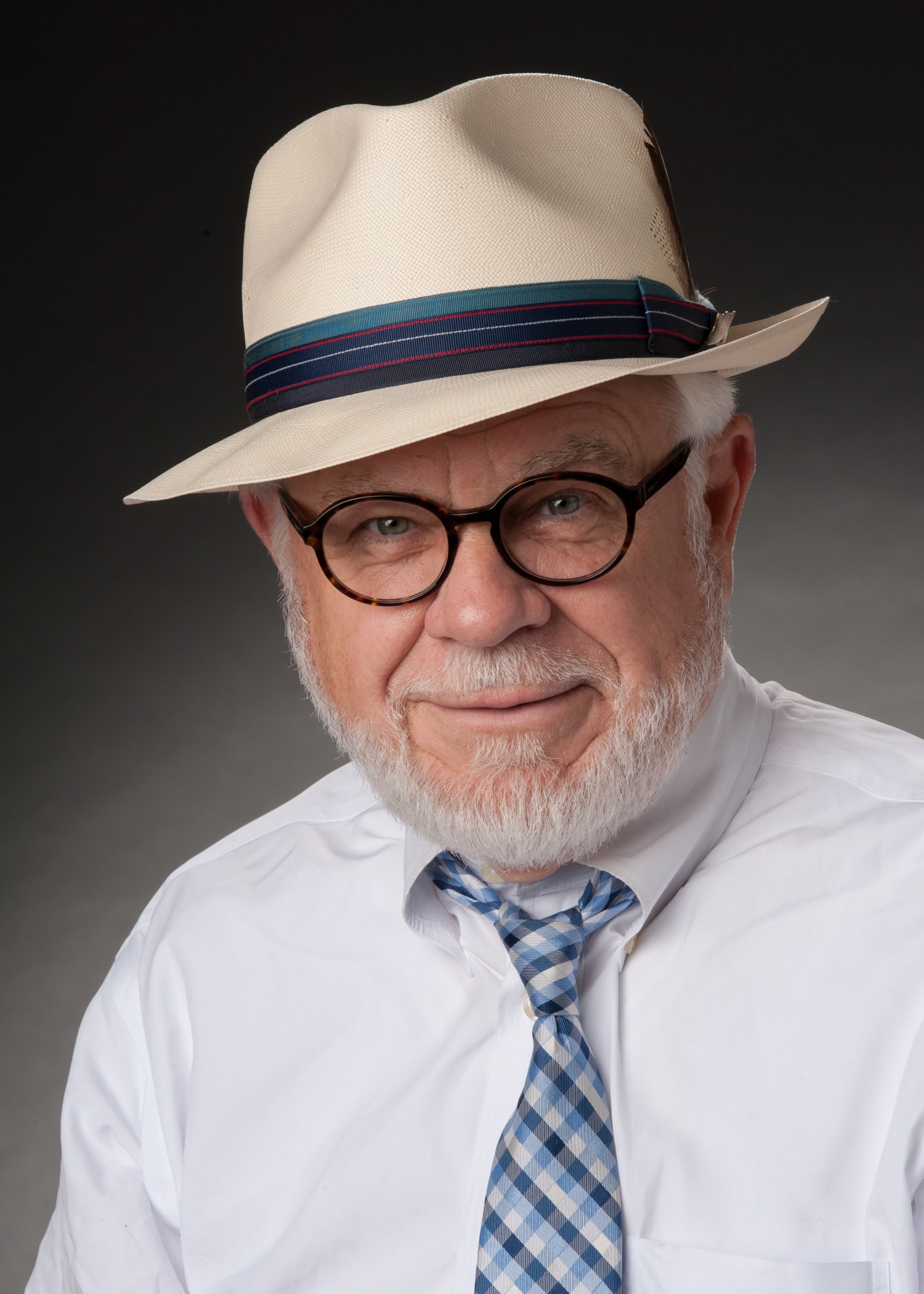Several critical questions concerning the proposed development have not been publicly discussed, much less answered.
A 1996 bond was passed setting aside $5 million for a green space and parks along Cross Bayou. Of that amount, approximately $2.83 million is unspent.
The first question is, can these funds be spent to acquire properties not along the bayou? For instance, the old federal building that occupies the 500 block of Travis.
The developers of the proposed Cross Bayou Point development says these funds can be now spent with no restrictions.
In the Jan. 3 issue of The Inquisitor, Gateway Development Consortium, LLC opined that the bond issue and refunding matured in March 2016. "Therefore, there would be no restrictions on the city as to how the land could be used, including donating it to GDC/ Saber as part of a public/private partnership."
The second question is how the city-owned property is to be conveyed to the developers.
The key component of the project is that the city "assemble" 88 acres and allow the developers to utilize the same.
No details have been provided other than this broad statement. Is the city to donate the land, lease at a nominal rate, or sell at a bargain basement price?
The third question is whether the remaining bond money can fund the needed acquisitions?
Most of the real estate needed for the development footprint is presently not currently owed by the city. These tracts include:
a. the old federal building that is listed for sale for $3 million;
b. 506 Common Street, which is not on the market, and recently sold for $600,000;
c. the AEP/SWEPCO meter shop and fleet parking on McNeil, which is not listed for sale;
d. General Scrap on McNeil, which is not listed for sale;
e. the Caddo Parish Warehouse and area provided to the Shreveport Police Department Horse Patrol on McNeil, which is not listed for sale;
f. the A Frame Railway Bridge over Cross Bayou, which is not listed for sale;
g. isolated tracts along the bayou itself, which are not listed for sale.
It’s very doubtful that the remaining bond money will pay for the acquisition of these tracts. In fact, it is highly unlikely, if not virtually impossible, to assemble the 88 acres with these funds.
That economic reality brings up the obvious question: Where is Shreveport to get additional funds needed to put together the needed footprint?
The city's 2020 budget is stretched so thin that Band-Aids, rubber bands and duct tape were needed just to reach a compromise for passage by the city council. And the city's financial picture was further muddied by the report of the EPA/Department of Justice consent decree manager that the total costs for compliance cannot be funded by the planned rate increases.
This leads to the fourth and last question: If the city does not have the money to put together the needed acreage for the Cross Bayou Point development, how should the city spend the remaining bond money from 1996?
If the developers are correct in their belief that there are no restrictions on expenditure of these bond moneys, then there are several good options for consideration.
The first is to continue purchases along the bayou that are contiguous and convert that area, even it is limited in scope, into green space and parks.
The second is to put Cross Bayou on hold and to repair the Convention Center roof to preserve the city's largest investment. The2020 budget has funds for a patchwork effort.
If money remains, it could be placed in the city's reserve fund — or maybe spent to repair the pool at A.B. Palmer Community Center.
Rather than pursue an extended debate over the merits of this proposal, basic economics should be reviewed. If the city does not have in the bank the money to acquire the needed footprint, why have any further discussion on the issue?
This Article was published in the January 10th issue of The Inquisitor.
